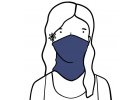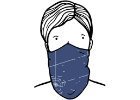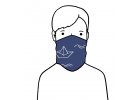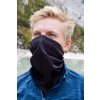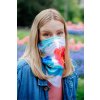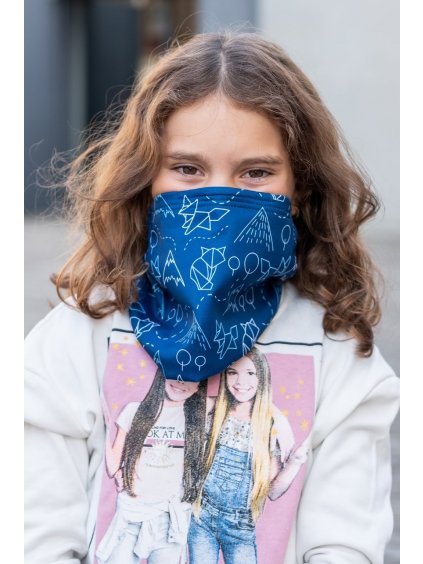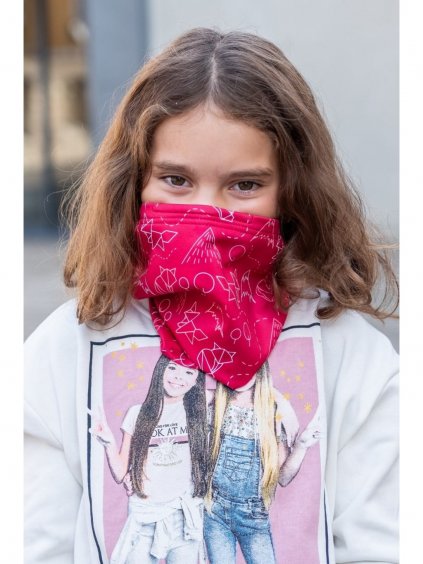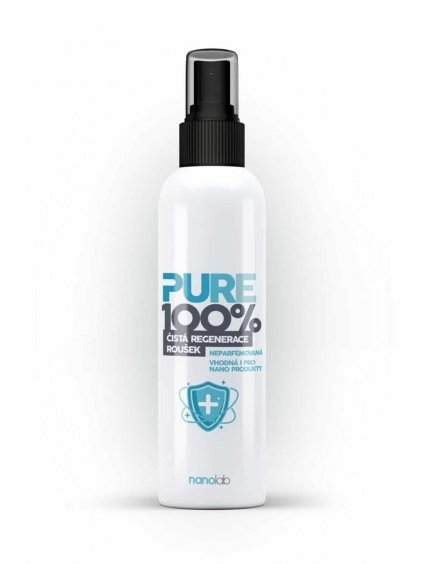FFP2 Nano Neck Gaiters
Our FFP2 Nano Neck Gaiters feature a nanofiber membrane that covers the mouth and nose and captures 97-99.9% of sub-micron particles, including bacteria, viruses, and pollen. The membrane also contains Nanosilver® particles to prevent microorganisms from surviving and multiplying within the neck gaiter. The membrane is sewn into the nose and mouth area and is ideal for winter sports and running.
Worldwide shipping – 7 – 10 working days
Bestsellers
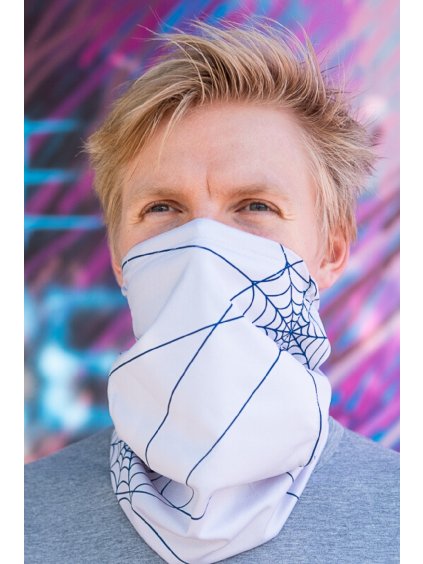
Stay protected and comfortable with the nanoSPACE Neck Gaiter. Made with a nanofiber membrane, this FFP2 rated gaiter filters out 97-99.9% of bacteria, viruses, pollen and other...

The lightweight summer version of nanoSPACE gaiters with a nanofiber membrane is available in red. This community nano mask has a removable nose clip and is washable and...

The lightweight summer version of nanoSPACE gaiters with a nanofiber membrane is available in light blue. This community nano mask has a removable nose clip and is washable...
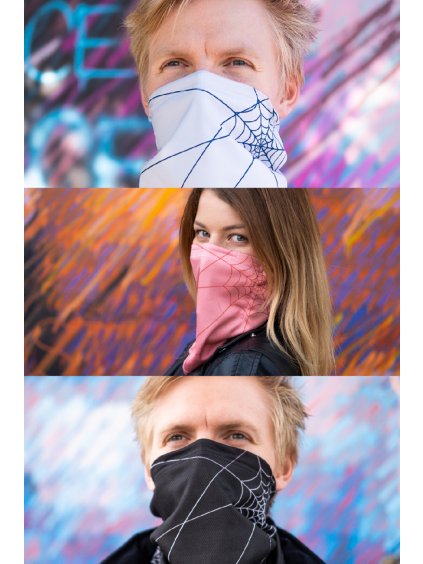
nanoSPACE neck gaiter with nanofiber membrane favourable set (3x) in light grey, black and pink. One-size-fits-all design Ideal for protection against smog Suitable for...
A neck gaiter, also known as a neck warmer or a buff, is a tubular piece of fabric that is worn around the neck to provide warmth and protection from the elements. Neck gaiters are typically made of lightweight and breathable materials, such as polyester, fleece, or merino wool, that offer moisture-wicking and quick-drying properties.
Neck gaiters are versatile accessories that can be worn in a variety of ways, such as a face covering, a headband, a balaclava, or a beanie, depending on the wearer's needs and preferences. They are particularly popular among outdoor enthusiasts, such as hikers, skiers, snowboarders, and runners, who need to keep their faces and necks warm and dry in cold and windy conditions.
Neck gaiters come in various designs, patterns, and colors, and can be customized with logos, slogans, or graphics. They are affordable, lightweight, and easy to pack, making them an essential accessory for any outdoor adventure or travel. However, it is important to note that neck gaiters are not as effective as medical-grade masks in preventing the spread of airborne diseases, and should be used as a supplementary measure in conjunction with other preventive measures, such as social distancing and hand hygiene.

